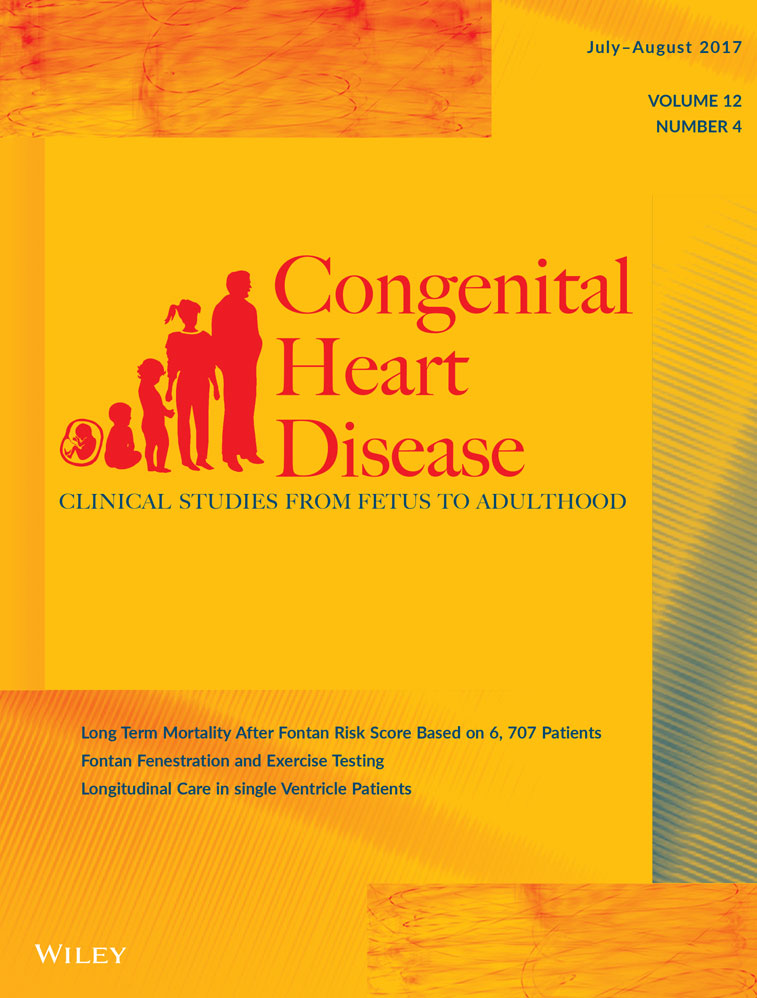Pulmonary vein stenosis in patients with Smith-Lemli-Opitz syndrome
Funding information: NIH (Training Grant “Research Methods in Pediatric Heart Disease Children's Hospital Boston T32”), Grant/Award Number: NIH 2 T32HL007572; NIH (The Program in Clinical and Translation Science [PCaTS] at Harvard Catalyst, The Harvard Clinical and Translational Science Center [National Center for Research Resources and the National Center for Advancing Translational Sciences], Grant/Award Number: UL1 TR001102; Harvard University
Abstract
Objective
To describe a group of children with co-incident pulmonary vein stenosis and Smith-Lemli-Opitz syndrome and to generate hypotheses as to the shared pathogenesis of these disorders.
Design
Retrospective case series.
Patients
Five subjects in a pulmonary vein stenosis cohort of 170 subjects were diagnosed with Smith-Lemli-Opitz syndrome soon after birth.
Results
All five cases were diagnosed with Smith-Lemli-Opitz syndrome within 6 weeks of life, with no family history of either disorder. All cases had pathologically elevated 7-dehydrocholesterol levels and two of the five cases had previously reported pathogenic 7-dehydrocholesterol reductase mutations. Smith-Lemli-Opitz syndrome severity scores ranged from mild to classical (2–7). Gestational age at birth ranged from 35 to 39 weeks. Four of the cases were male by karyotype. Pulmonary vein stenosis was diagnosed in all cases within 2 months of life, earlier than most published cohorts. All cases progressed to bilateral disease and three cases developed atresia of at least one vein. Despite catheter and surgical interventions, all subjects' pulmonary vein stenosis rapidly recurred and progressed. Three of the subjects died, at 2 months, 3 months, and 11 months. Survival at 16 months after diagnosis was 43%.
Conclusions
Patients with pulmonary vein stenosis who have a suggestive syndromic presentation should be screened for Smith-Lemli-Opitz syndrome with easily obtainable serum sterol tests. Echocardiograms should be obtained in all newly diagnosed patients with Smith-Lemli-Opitz syndrome, with a low threshold for repeating the study if new respiratory symptoms of uncertain etiology arise. Further studies into the pathophysiology of pulmonary vein stenosis should consider the role of cholesterol-based signaling pathways in the promotion of intimal proliferation.




